Critical Appraisal Report: Obesity and Depression Studies in PUBH6005
VerifiedAdded on 2022/09/26
|21
|3370
|26
Report
AI Summary
This report presents a critical appraisal of three epidemiological studies investigating the relationship between obesity and depression. The studies include a cohort study by Mulugeta et al. (2018), a case-control study by Koski & Naukkarinen (2017), and a cross-sectional study by Cui et al. (2018). The appraisal assesses each study's methodology, including study design, recruitment, measurement of exposure and outcome, confounding factors, and the generalizability of the results. The report also includes a literature search strategy, keywords, and database selection. Each study is analyzed using a structured appraisal questionnaire, evaluating the strengths and limitations of each study design. The findings are synthesized to provide a comprehensive overview of the evidence linking obesity and depressive symptoms. The report concludes with a discussion of the implications of the studies and the need for further research. The introduction highlights the global prevalence of obesity and depression and their potential correlation. The results section provides detailed appraisals of each study, addressing the research questions, study designs, methods, and findings. The report emphasizes the importance of understanding the methodological rigor and limitations of each study to interpret the evidence accurately. The report is structured to provide a comprehensive and critical evaluation of the selected studies, contributing to a deeper understanding of the complex relationship between obesity and depression.
1 out of 21

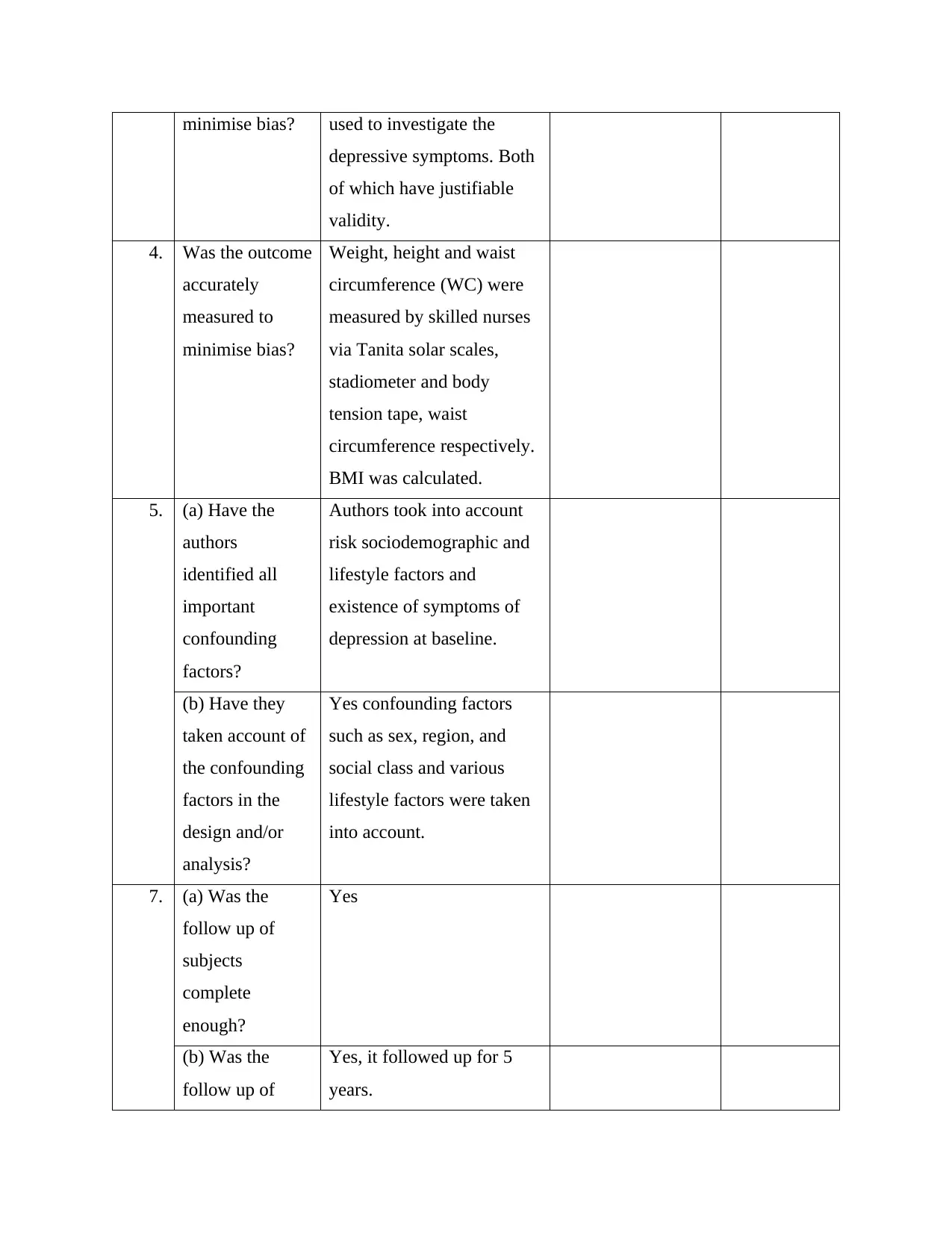
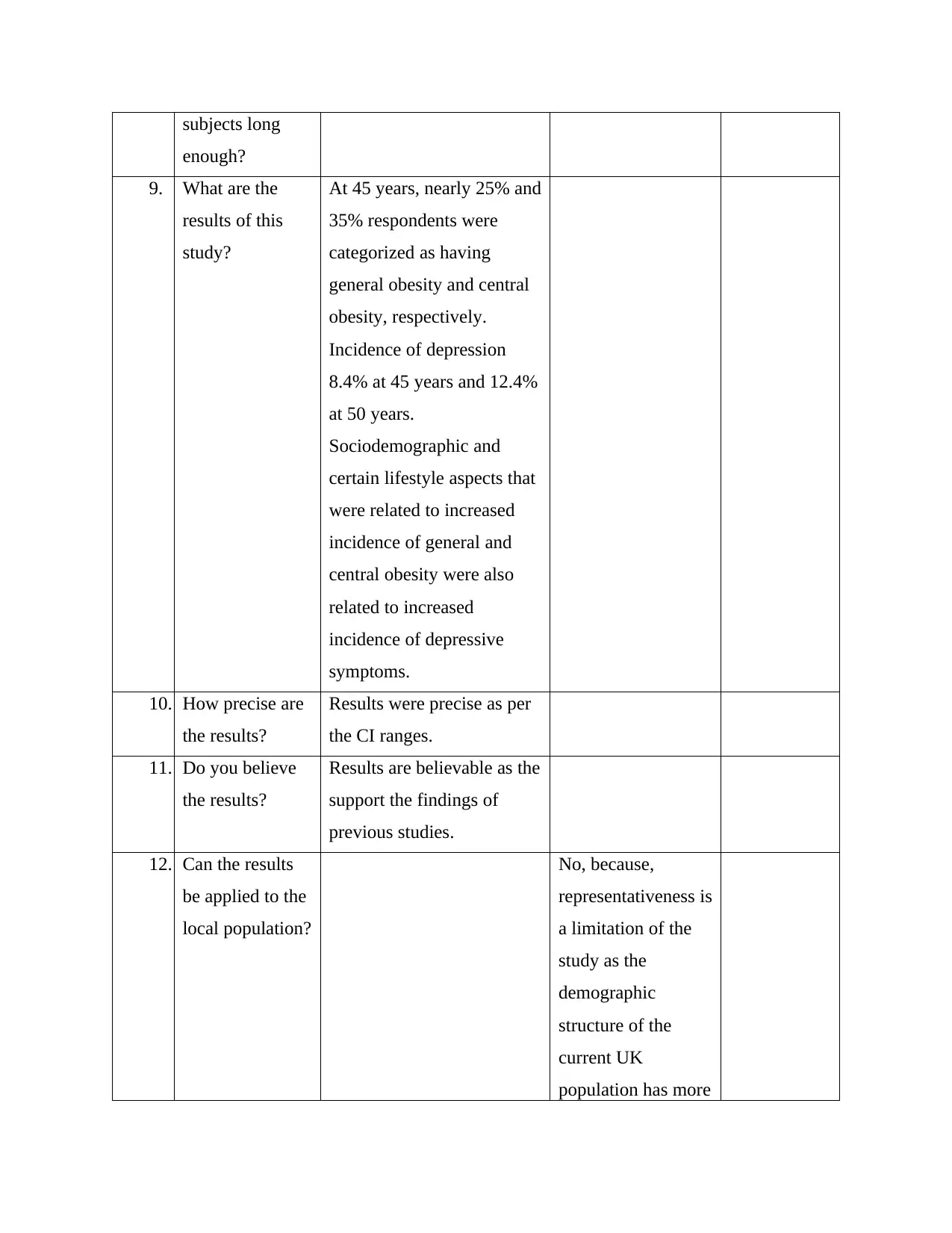

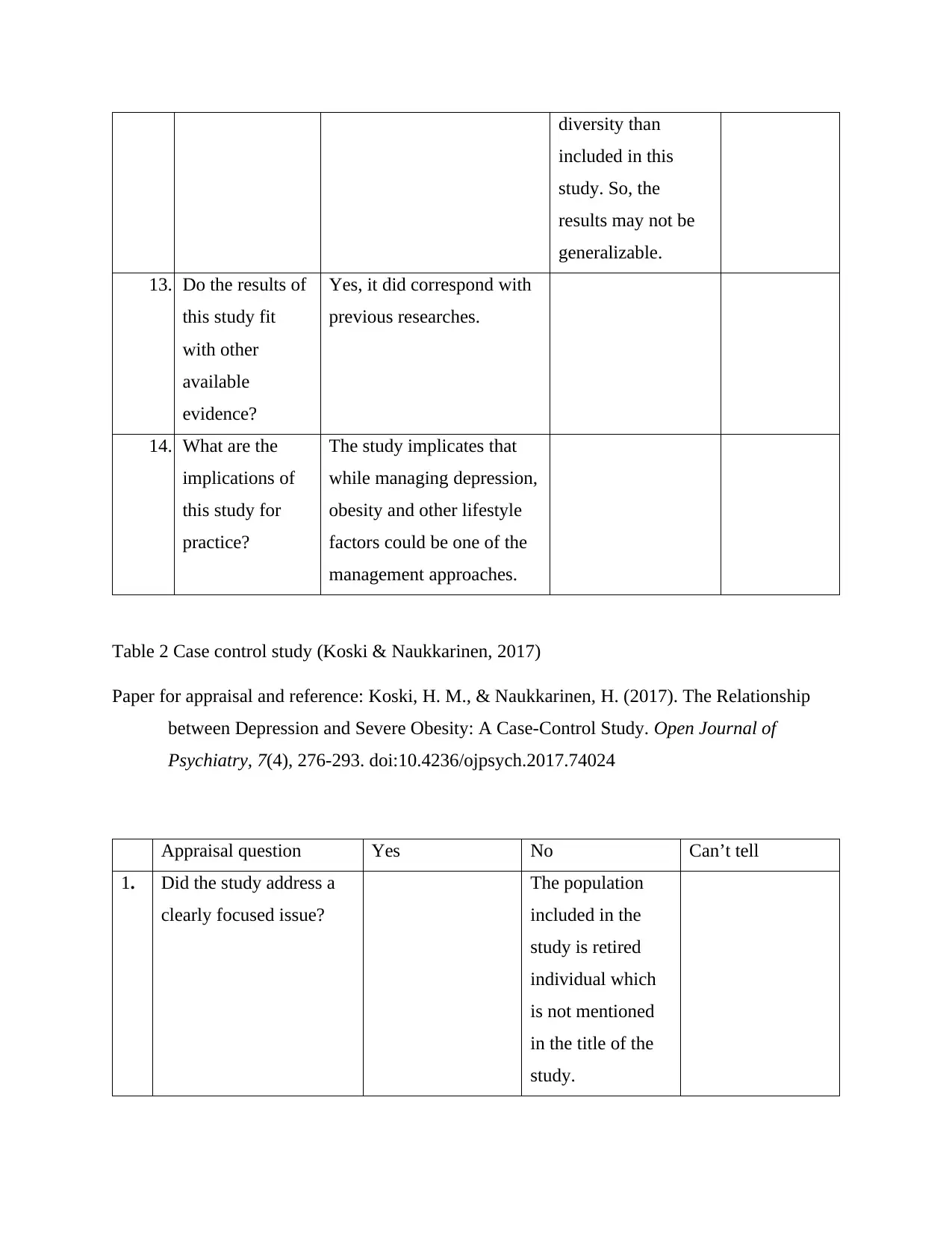
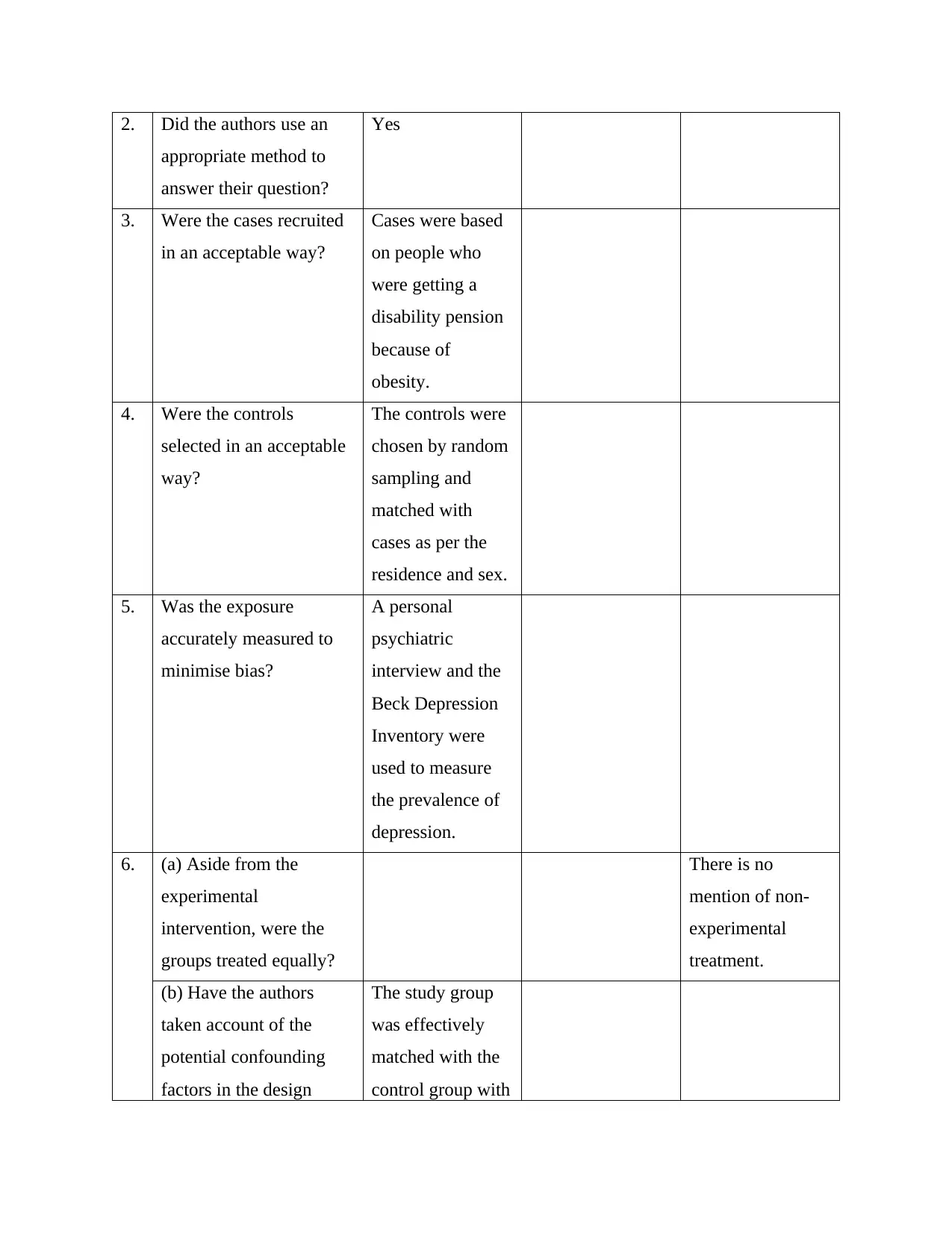
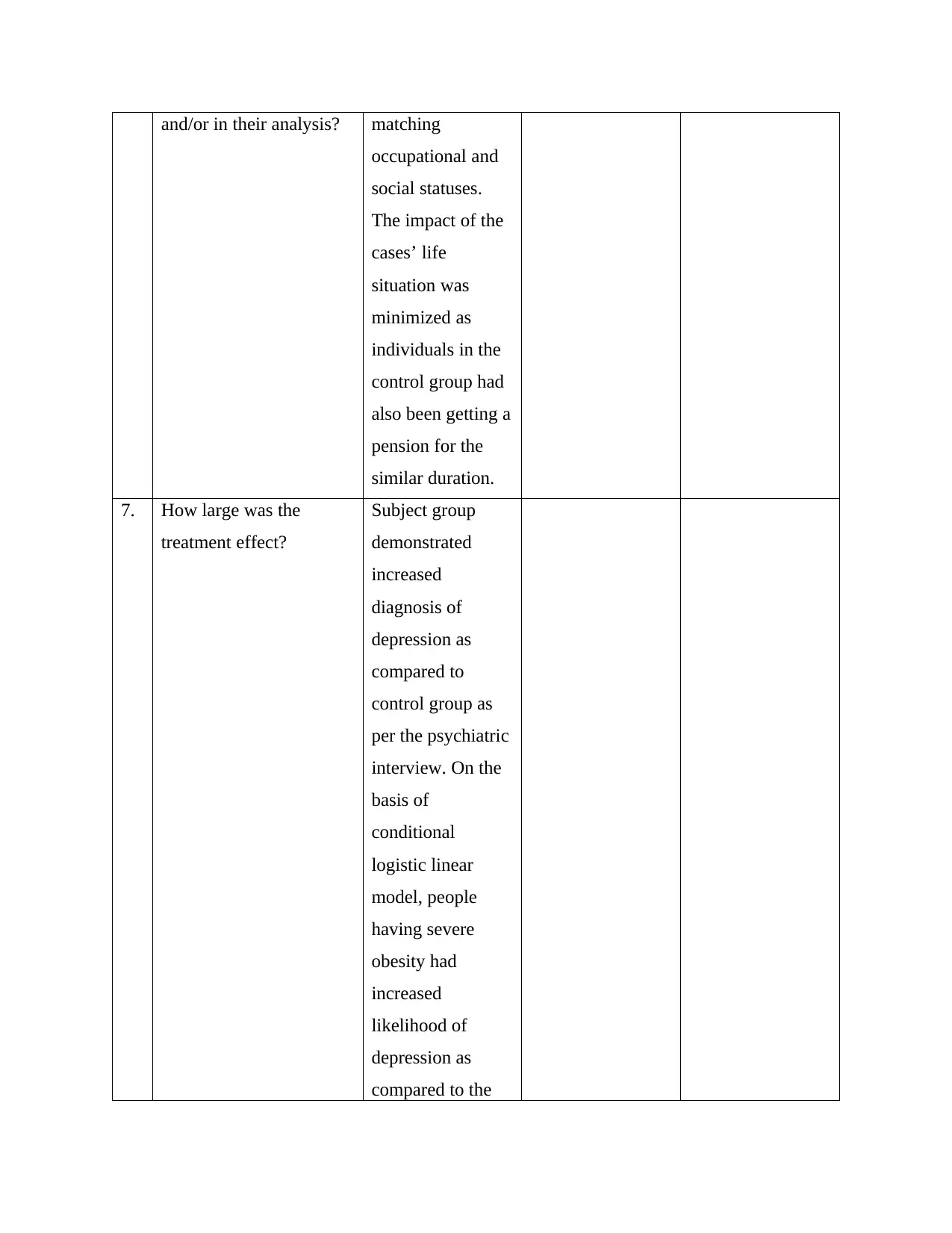
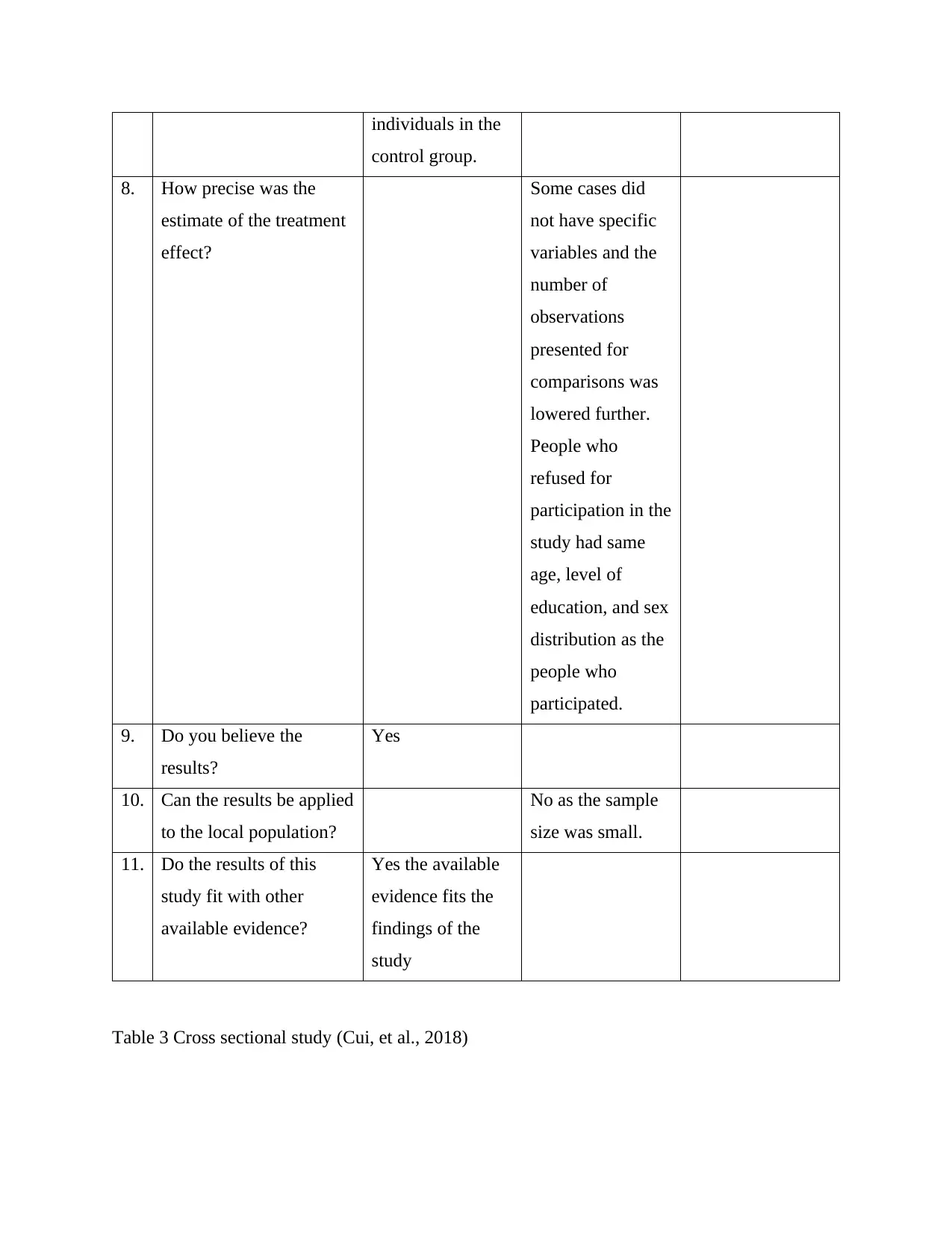
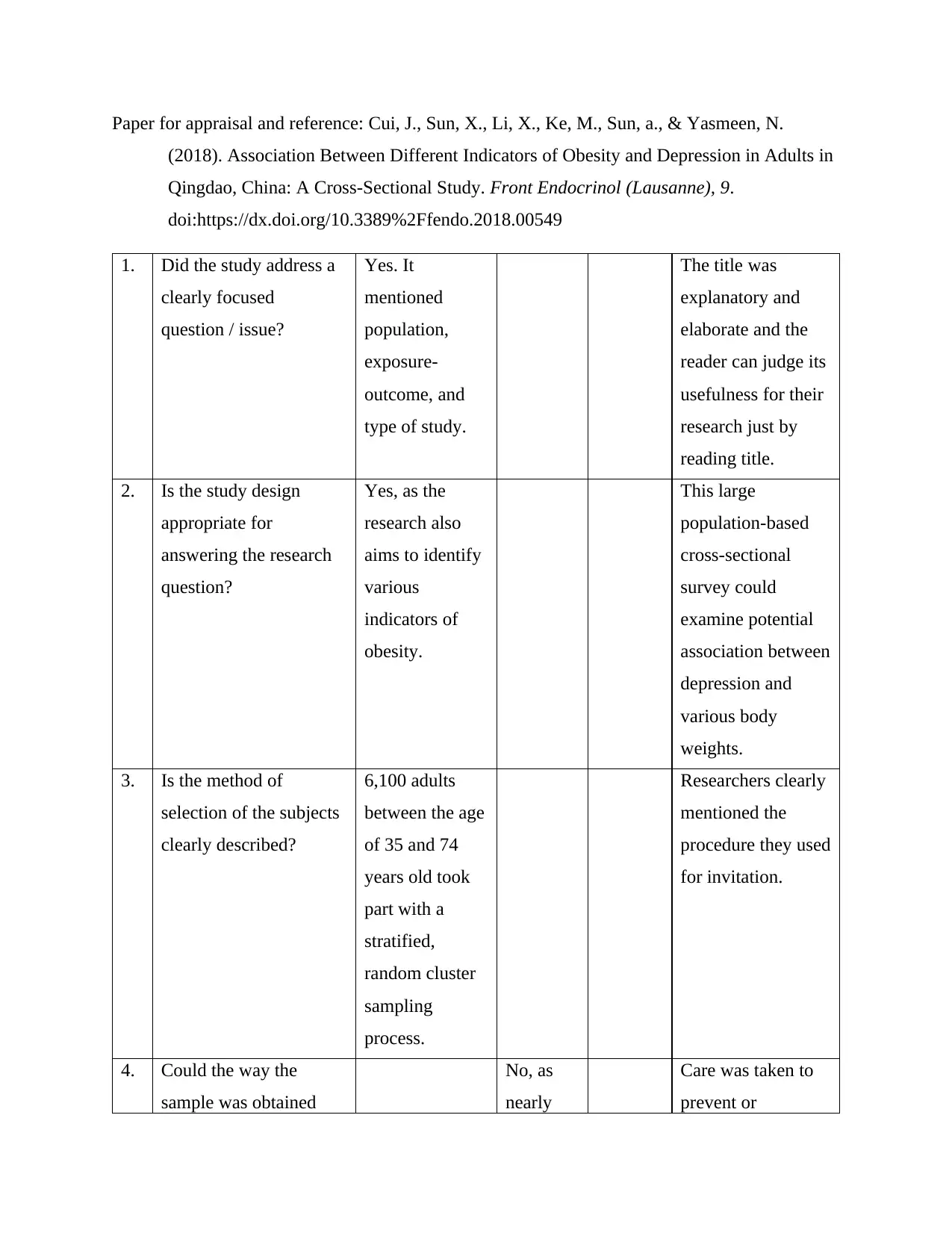
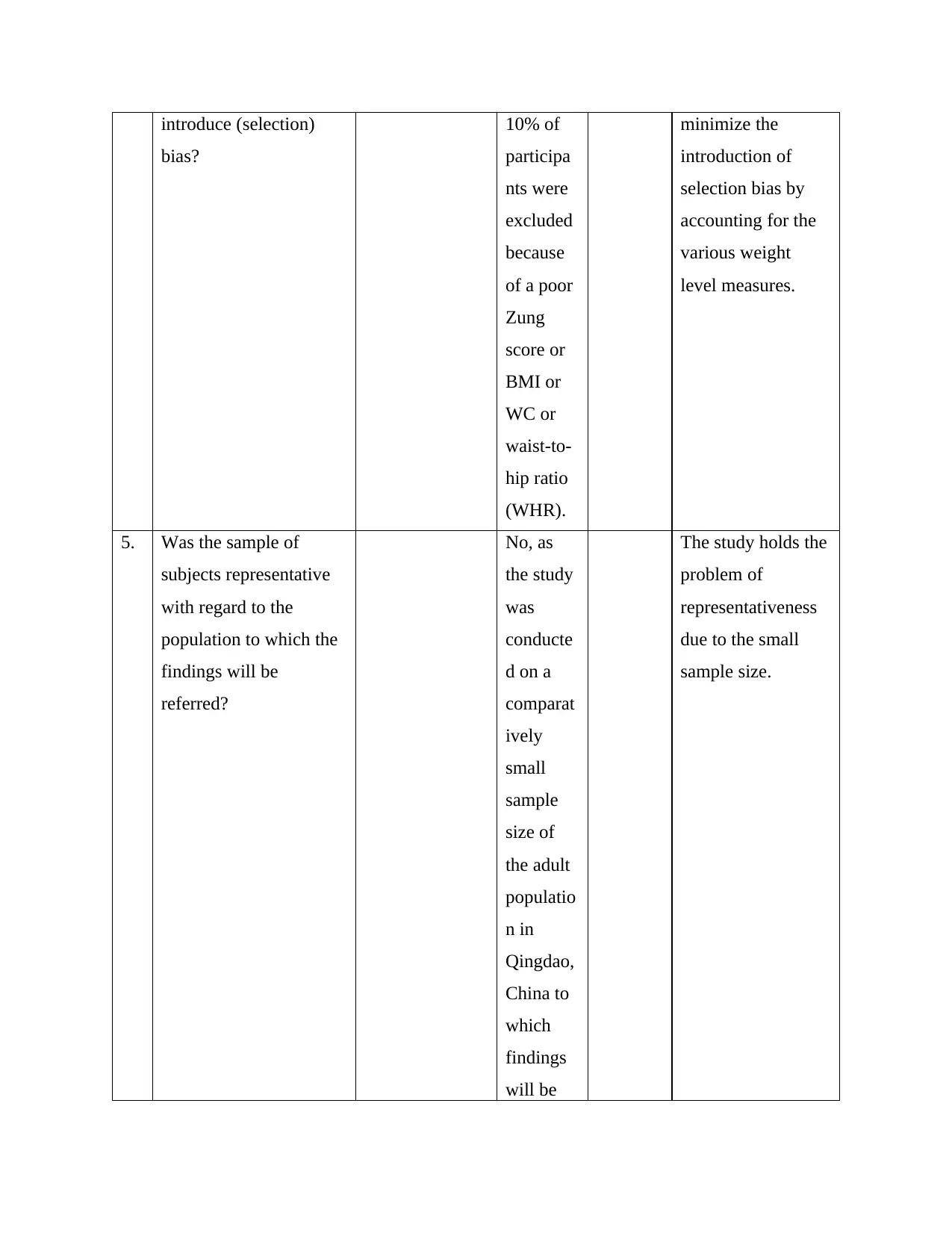
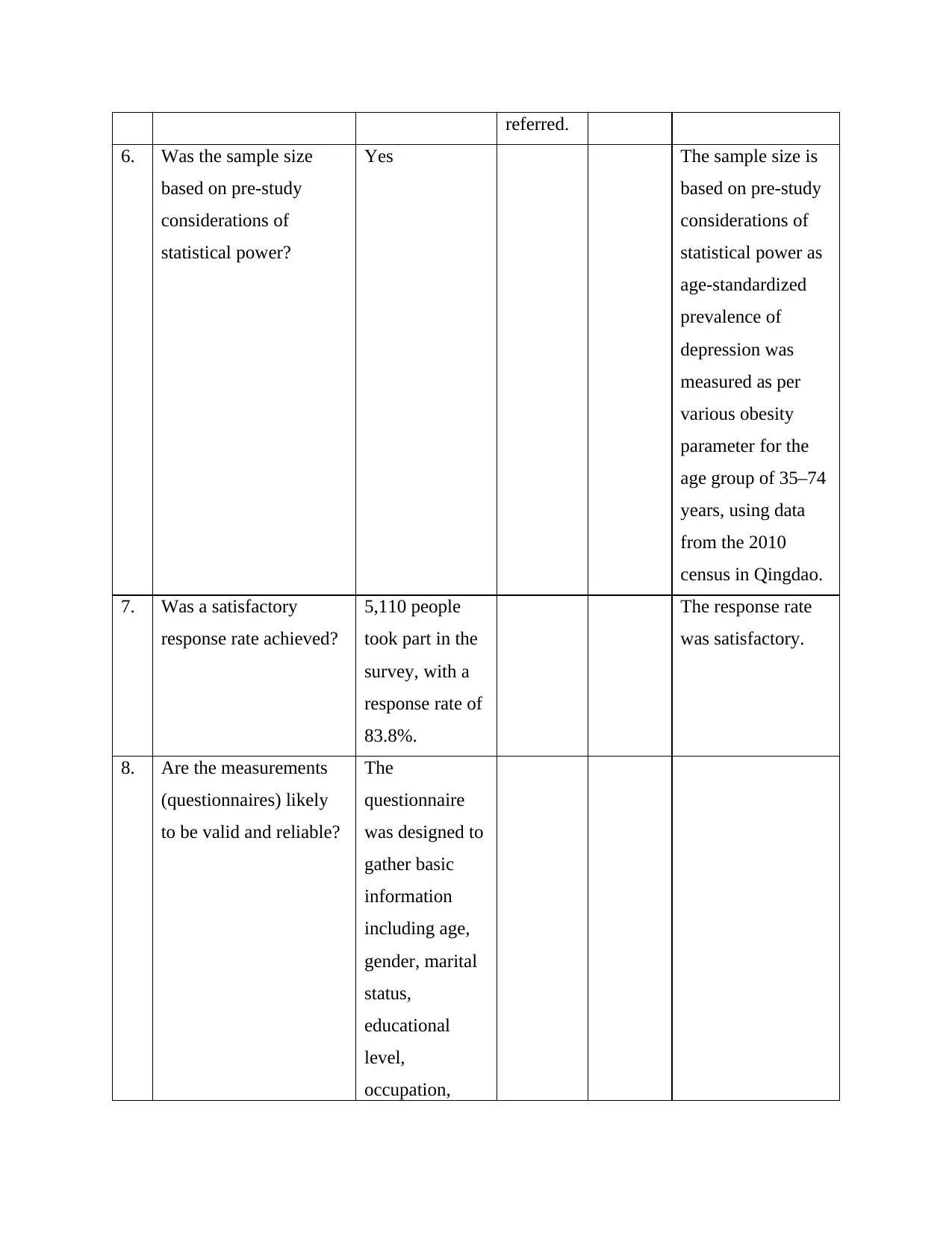
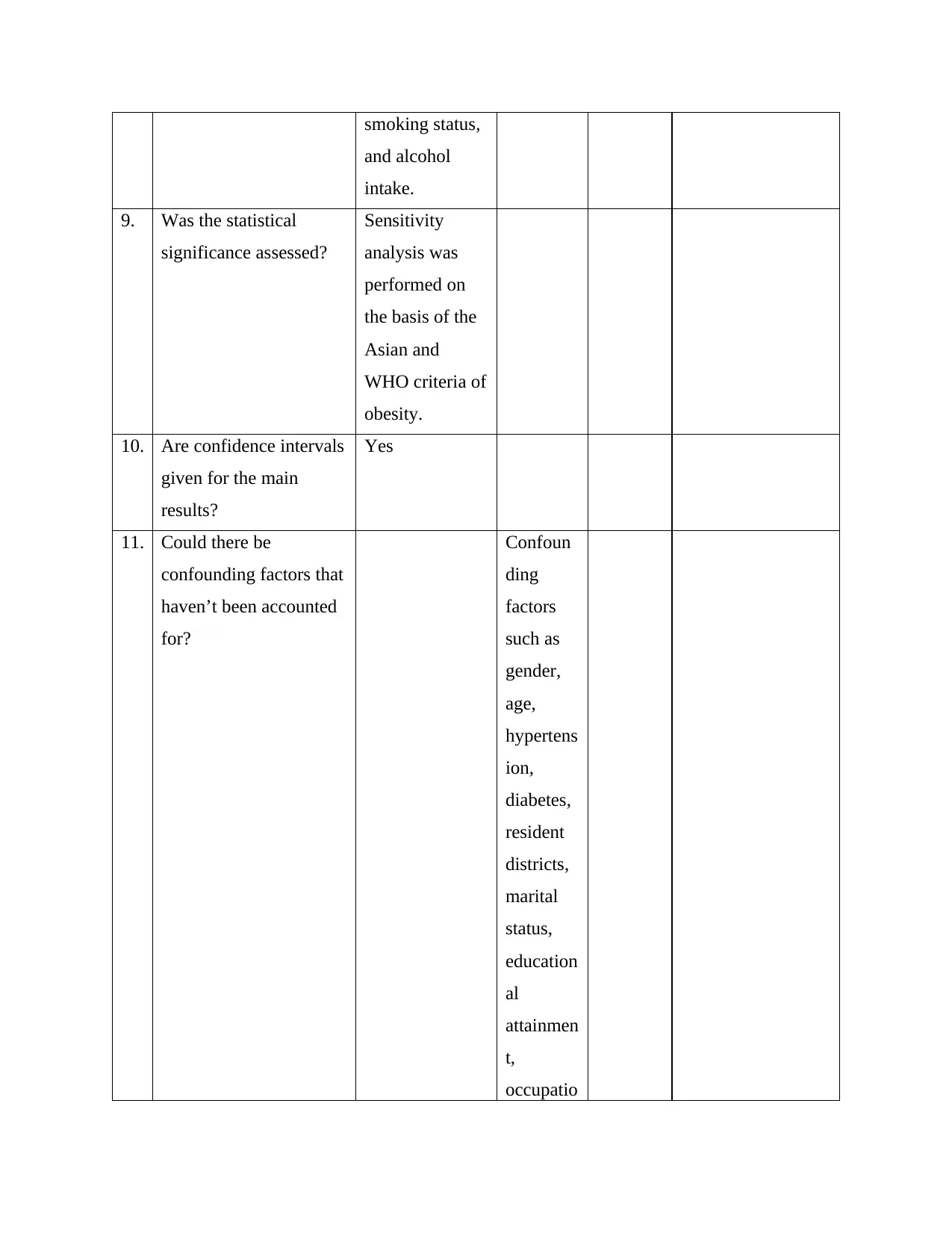
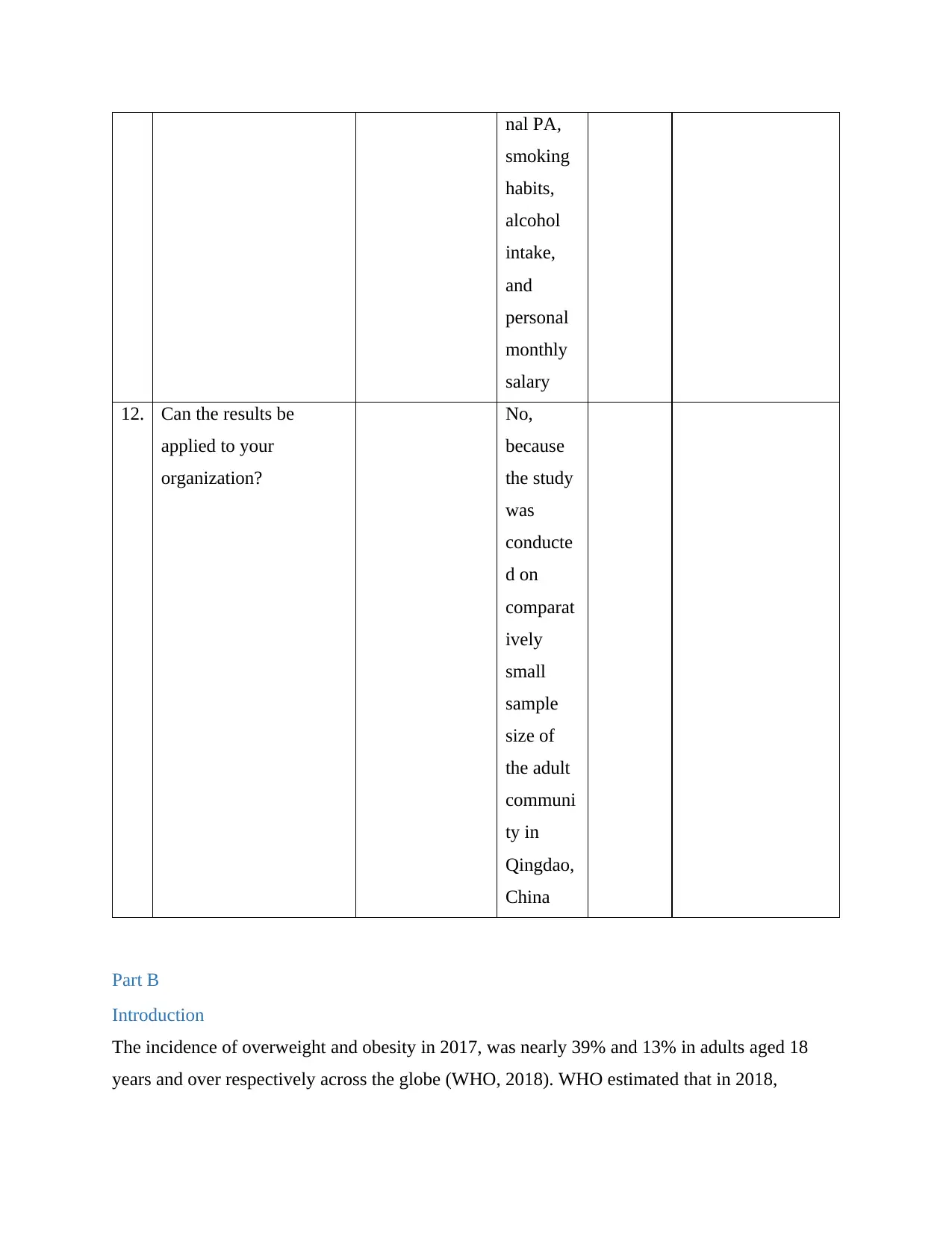
![[object Object]](/_next/static/media/star-bottom.7253800d.svg)